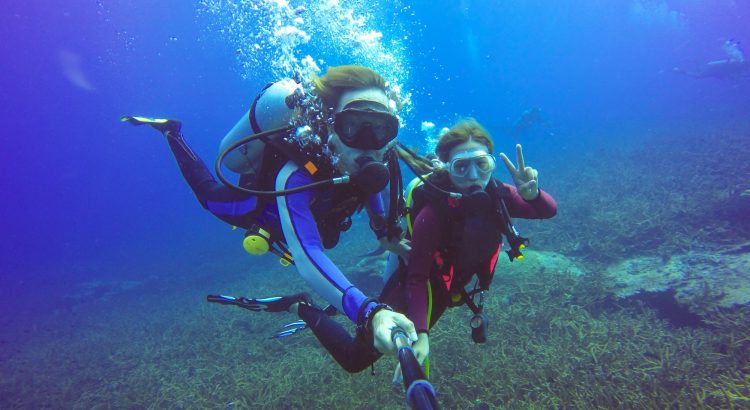The sport of shore diving is increasing in popularity for several reasons. For one thing, you can do it anywhere there’s water: right along the shore or in the ocean. It is ideal for anyone who loves the ocean and wants to get up close and personal with what lies beneath it. It is ideal for anyone who enjoys adventure and wants to learn new things. And best of all, it’s ideal for everyone: no experience is too minor to want to sink down and have some fun.
To perform a good dive, it’s best to wear a wetsuit and appropriate diving equipment (waterproof clothing is a must, of course). Once you’re ready to go, make sure your fins are fitted right and that your snorkel is fully inflated. Then put on your swim shoes and hop into the water–don’t forget your flippers! Many beaches and lakes have areas where you can rent or buy wetsuits, fins and other equipment. You may also want to borrow or purchase equipment from someone you know who’s already been to a shore diving session.
As for the actual dive itself, it can vary from beginner to advanced, with a lower form consisting of a few laps around a large pool or lake, to a more difficult open ocean or freestyle style dive. Beginners usually begin on a leash to allow them more control. Later divers can choose to “drive” their own pace, following the instructions of the dive master to reach the bottom of the body of water. At more advanced levels, there are more opportunities to dive alone or in teams, depending on the situation.
For many divers, shore diving is a great introduction to scuba diving. The visibility offered by a lake or ocean offers a chance to explore the marine environment without the noisy and busy atmosphere of an open ocean. For this reason, it’s not uncommon for a novice diver to spend more time on land than in the water. Some divers even move to a nearby vacation home and use it as a base, and take regular scuba diving classes at a local dive shop. Others will just rent a scuba diving equipment from a store and scuba dive whenever they can get away from it all.
There are many dive sites to dive at both commercial and residential dive centers, from saltwater reefs to wrecks and more. Most resorts offer trips in which divers travel out from the main site and are taken to several different dive sites in a day. Some resorts even offer daily tours of their underwater playgrounds, giving divers a full day or two to explore the area. Divers can go scuba diving on days when there is no diving at all, choosing a day when the waters are calm and quiet for a much calmer experience. Of course, diving while pregnant is not recommended, nor is driving or operating heavy vehicles on the shore.
If you’re considering taking up shore diving, check with your local dive shop for rental gear and prices before you set off on your adventure. You’ll want to make sure that you have everything you need on hand before setting out, such as a mask, regulator, wetsuit, shoes, scuba gear and more. And be sure to try out the gear before you buy it!
